Matthew Jordan Smith Didn’t Need Photoshop for His Fantastic Series
“There is no better feeling in the world than having that happen,” explains Matthew Jordan Smith when talking about how impressed a client was with his work. He adds, “when my client received the images, he liked them so much he told me he couldn’t decide which image was his favorite!” Smith found himself in a very privileged position. Because after a client saw one of his personal projects, they asked him to create the same aesthetic for their brand. Smith’s Still…Motion series caught our attention too. Not just because of how well-executed the images are, but because we wanted to know exactly how he created them. In this interview, he gladly agreed to share his creative secrets, providing a valuable education for photographers wanting to improve their skillset.
Matthew Jordan Smith’s Essential Gear
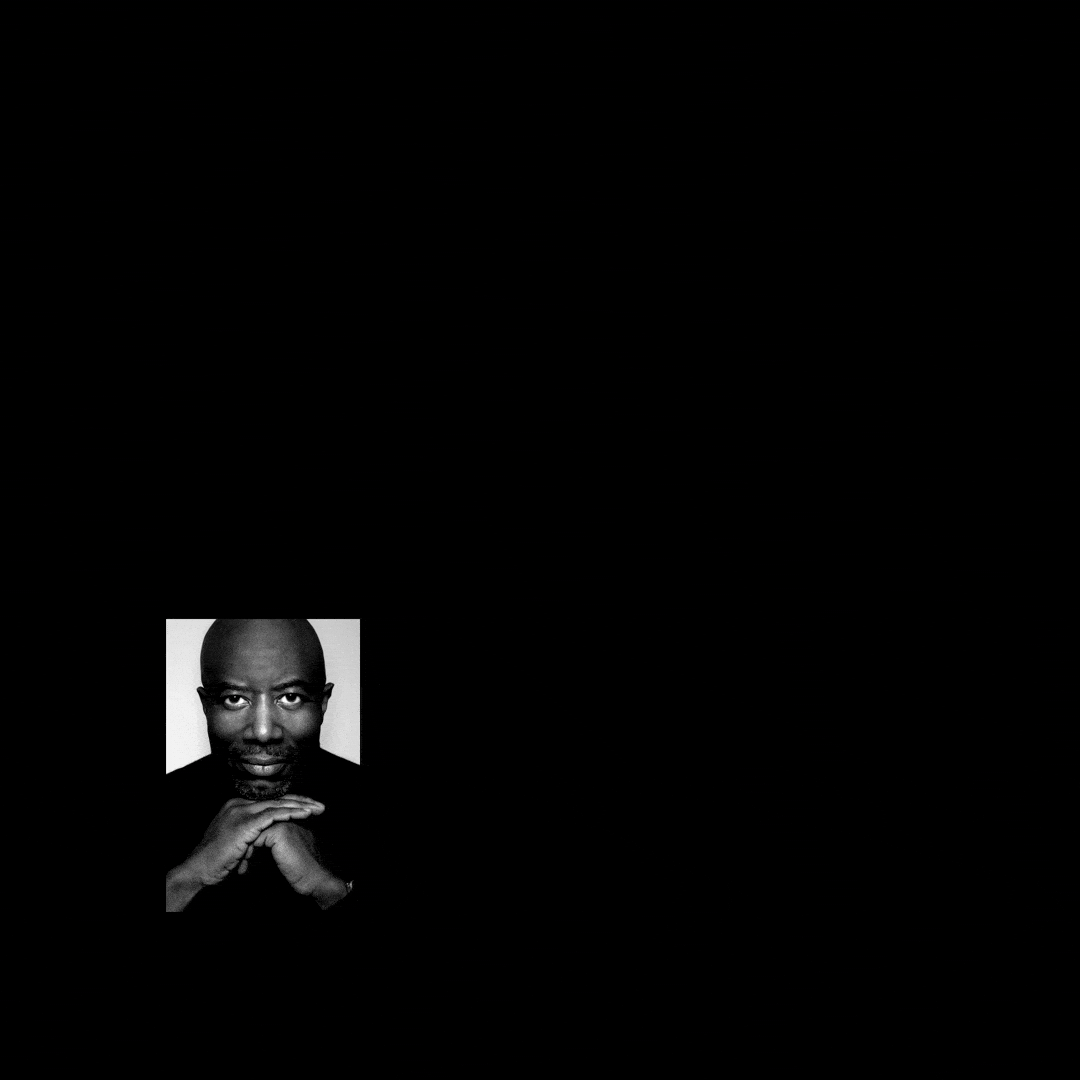
Phoblographer: Please tell us how the concept for Still…Motion first materialized.
Mathew Jordan Smith: I was born in Brooklyn, New York, and to be honest, I think I’ve always seen images like this in my head. It feels so natural to me. I’m not sure when the idea first hit me to bring the image to life because these images have been in my head for decades. I can tell you this, however. I began working on the first Still…Motion images in 2014. I’ve been going to visit parts of Japan since 2008, and at times I would see images of someone being still in the midst of a sea of movement.

I wanted to bring those images to life, so I started experimenting with the idea. I made my first attempt at the concept in Los Angeles on Redondo beach. Thankfully, I had a buddy in town visiting from Chicago, and I convinced him to help me test my idea. We shot for an entire afternoon and finally felt I had my approach down. The next month, I went back to Japan for another trip and did my first image in Shibuya. I was hooked, and I’ve been doing these images all over the world ever since.
Phoblographer: So you have a majority of the scene blurred and out of focus, yet your subjects are sharp. Are these double exposures? Photoshop? Please let us into your creative secrets.
Mathew Jordan Smith: I’ve never been a big fan of “fix it in post,” and I guess that’s because I came up in a time when you had to figure it out. Plus, I really love the art of creating the image in-camera. These images are 100 percent creations made in camera. There is no photoshop, no double exposure, just pure old-fashion photography.
I love creating the images in bright sunlight because that’s the most difficult way to create these images, and it’s also what I think makes them special. It’s difficult to create images with a slow shutter speed in bright sunlight, so it took a moment to figure it out.

I use a light meter, a 10-stop and 16-stop ND filter, a tripod, and fast lenses for my images. If there is a secret, it’s that I look to shoot my images between f/1.4 and f/2.8, but my sweet spot is f/2.0. I want to have a very shallow depth of field first, and then I want also to have a very slow shutter speed. Add the ND filters to the mix, and you have the recipe. I enjoy doing these images, and now that I’ve worked out all the kinks, I can do them in my sleep.
Phoblographer: Although you do most of the work in camera, Do you do any editing at all? What’s that process like?
Mathew Jordan Smith: For the most part, the images are SOC, but I’ll add a bit of contrast, a slight vignette, and then I’m done. I’m not a big fan of post-processing in my personal work, and this is what I do for fun. Because I live in Toyko, several locations are very congested and offer the ideal conditions for this type of photograph. I’ve gone to other cities like London, New York, and other locations, but I really like Tokyo the best for my Still…motion series.
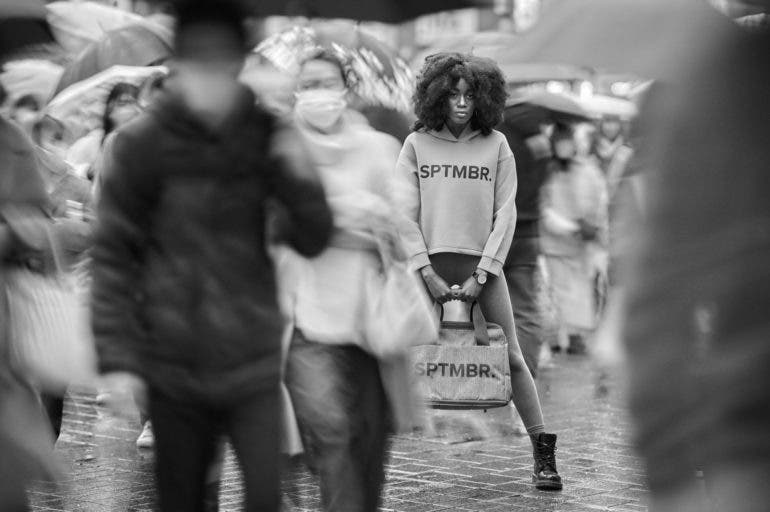
Phoblographer: Talk us through your process of shooting. For example, did you work quickly or shoot all day?
Mathew Jordan Smith: The prep time takes the longest, really. I’ll scout a location to see what time of day has the best sun and see how long it will last in that area. Once I know that, I”ll schedule a model sometimes and shoot my images until I feel I have enough powerful shots. My last job of 2020 was for a designer in Tokyo who wanted me to shoot their new line in this manner. I had to shoot five garments, and it was a rainy day. Because I’ve done the shoot so many times, I can get my images fairly quickly.
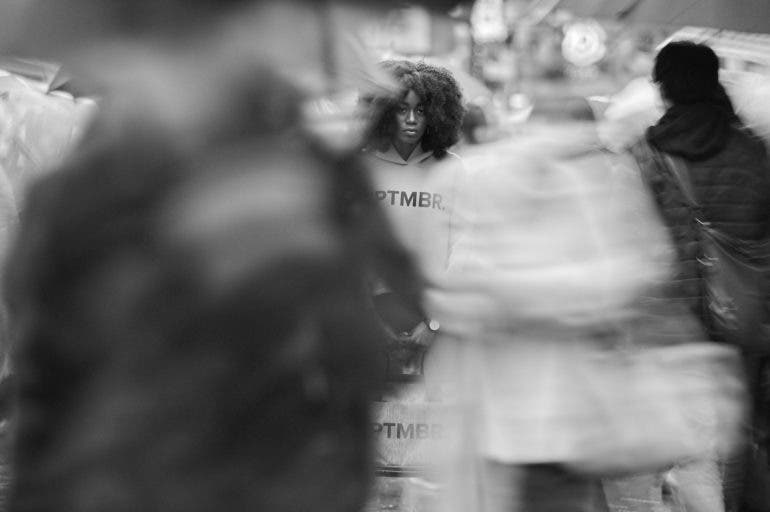
For this assignment, I was finished with all five garments in about three hours, and that’s with two different models and wardrobe changes. The shoots now are very fast, but in the beginning, when I started shooting it in 2014, it was a very different thing, and it took me time.
Phoblographer: What was the most challenging part of the work?
MJS: The most challenging part of this entire process is timing. My goal is to catch an image where everyone in front of my subject and everyone behind and on the sides is in motion. I only want my subject still, and that’s all about timing and patience. When I’m shooting this, my subject can’t hear me because I’m so far away from them, so they have to trust that I’m getting my images and continue to stay still until I tell them we have the shot.
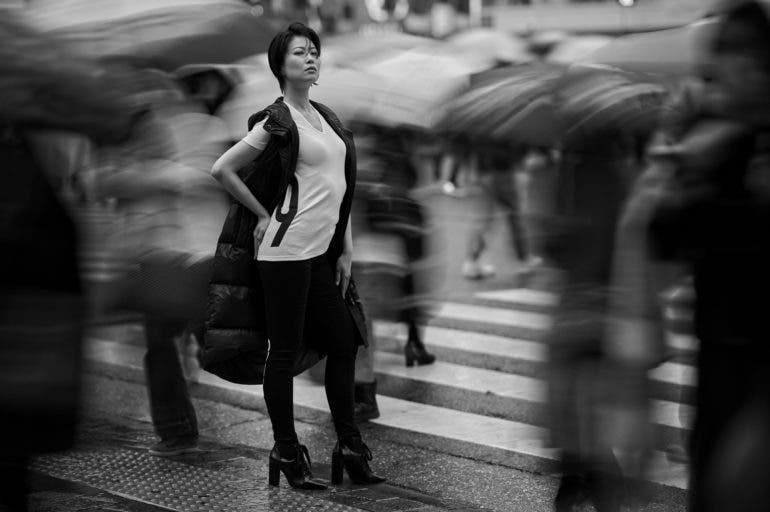
The other difficult part is staying on top of my exposure with my light meter. Because I’m working in bright sunlight, I must measure my light as the sun goes in and out of clouds, so that can be a bit tricky at times, but it’s also the joy of creating the images. In the beginning, it was the hardest thing to do, but today it’s like brushing your teeth. I will say it took a lot of practice as this is not something you just go out and try one time and nail it. It takes time and again, patience.
Phoblographer: And what was the most enjoyable?
MJS: The most enjoyable part is nailing the shot and showing my subject what we’ve created. I love seeing the look on their faces once they realize what we have. My client, crew, and models were all so happy during my last shoot we all went to celebrate afterward and had dinner.
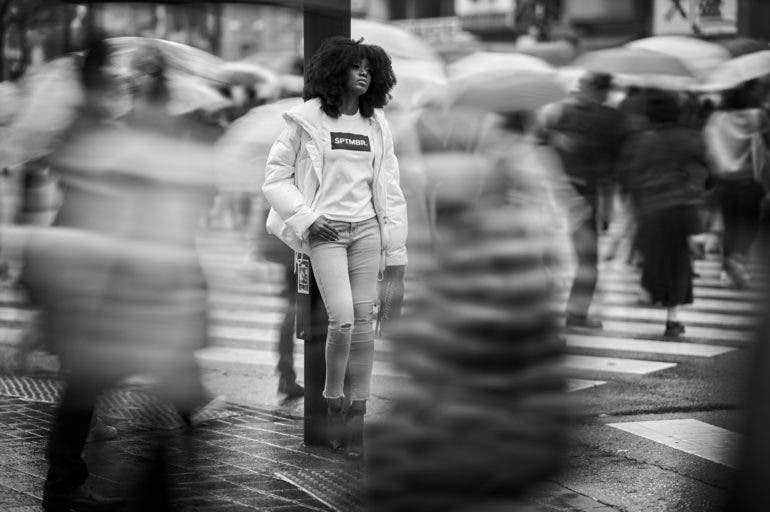
Phoblographer: Moving away from the series, what has 2020 been like for you from a professional standpoint?
MJS: Like most photographers, 2020 was a difficult year, but despite all the hardships of the year, I still managed to have a good year. The most fulfilling part of 2020 came from teaching my students at my private photography course. I meet with my students once a week for a live training session, and in 2020 we switched to Zoom. Teaching in this manner took the classes to a totally different level and created a bond that is second to none. My course is called Photography Lighting Course, and it’s an online course, but with the live teaching elements, it’s so much more, and it was not only educational, but in 2020, it became inspirational as well.

You can enjoy more of Matthew’s work by visiting his website.